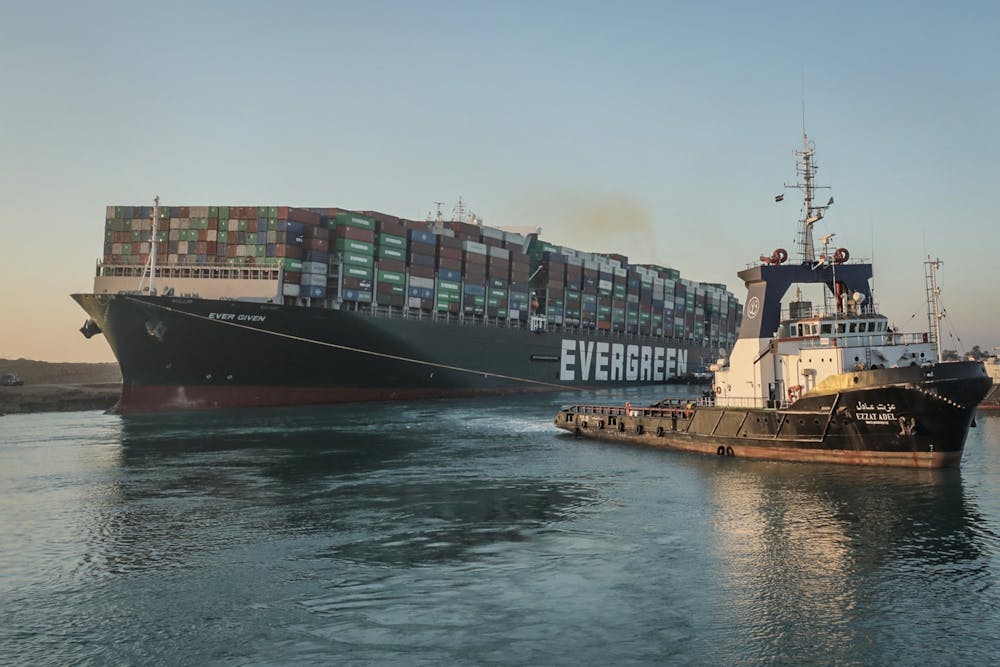Seeing a bunch of back-ordered items when you shop online? What about increased shipping costs? And what was the brouhaha over that container ship getting stuck in the Suez Canal all about?
One of the biggest spillover effects from the COVID-19 pandemic has been mass chaos in the global shipping world. Ships are held much longer than usual in port, inspection speed has slowed and shipping containers are in short supply — all leading to worse outcomes for everyone.
For a brief illustration, here’s what the Los Angeles port looks like right now. It is the largest port in the U.S., handling the equivalent of 4.65 million shipping containers per year, so it’s a great indicator of the global situation. Each red dot is an oil tanker, and a green dot is a cargo ship waiting to dock at the LA port.
As you can see from the map, there’s a huge backlog of ships waiting to go into port, leading to average wait times of eight days for ships to unload, in contrast to 2.5 days in pre-pandemic times.
This small example demonstrates the issue that we’re currently seeing in shipping all across the world, and why the ship getting stuck in the Suez Canal caused a good bit of panic (as it shut down a waterway that handles 12 percent of daily global shipping traffic). However, understanding why this issue is happening is a harder picture to clear up.
One of the side effects of the stimulus checks and COVID-19 has been a rise in spending on consumer goods. With all that free cash in consumer’s pockets and a lack of services to spend it on, there was only one place for it to go: online shopping.
Most of our consumer goods in the U.S. are produced overseas, and when online orders increased, the balance of imports to exports in the U.S. was shifted drastically to the import side.
This heavy import imbalance left a disparity in the distribution of shipping containers. With a dearth of containers in the U.S., and none quickly going back to Asian ports due to the trade imbalance, the lack of containers led to extremely high price swings (from $2,000 up to $13,000) in shipping costs and the aforementioned container shortage.
In addition to the container shortage, COVID-19 has affected the shipping workforce, namely dock workers. As essential workers, and with no way to move containers virtually, high infection rates has led to higher shipping times as ports are working with drastically reduced payrolls. This worker shortage, tied to the imbalance of containers, contributes to the long wait times in ports across the country.
But why does this matter? An extra week of wait time on a new pair of shoes may be a minor annoyance, but is it really serious?



